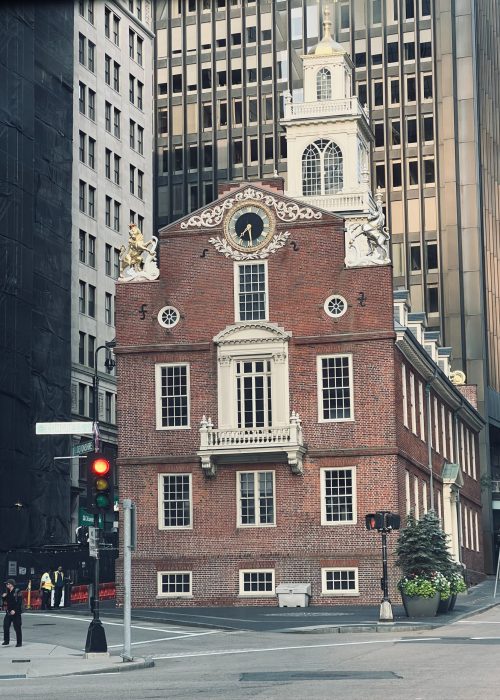Technological Innovations in Urban Spaces
The 21st century’s urban spaces are in the midst of a digital metamorphosis. As the nexus between technology and urbanization strengthens, cities are transitioning into dynamic entities, pulsating with digital life. This page delves into the technological innovations that are reshaping urban landscapes and redefining what it means to live in a modern city.
Smart Transportation Systems
Autonomous Public Transit:
The concept of self-driving vehicles has expanded far beyond personal cars to encompass a broader range of public transit options.
Academic writing can be a daunting task, and that’s where a service like Paperwriter can be a game-changer. Paperwriter is a platform dedicated to helping students excel in their studies by providing expertly crafted papers. When you turn to Paperwriter, you gain access to a team of skilled writers who are ready to assist with essays, research papers, and more.
Safety Advancements:
Route Optimization:
With the assistance of AI algorithms, these vehicles can dynamically alter routes based on real-time traffic conditions, ensuring passengers reach their destinations in the shortest possible time.
Integration with Smart Infrastructure:
Autonomous buses can communicate with smart roadways and traffic systems, allowing for a more harmonized flow and reducing the chances of congestion or bottlenecks.
Intelligent Traffic Management:
The marriage of AI, big data, and IoT is revolutionizing how traffic is managed in urban centers.
This trend, however, raises ethical questions. When students choose to “pay someone to do my class,” they might miss out on the educational experience and the opportunity to develop essential skills. Academic institutions argue that the purpose of education is not just to pass exams but to cultivate critical thinking, problem-solving abilities, and subject mastery.
Predictive Analysis:
By analyzing historical traffic data and current conditions, AI can predict potential traffic snarls hours in advance, allowing authorities to take preemptive measures.
Vehicle-to-Everything (V2X) Communication:
Modern vehicles can communicate with each other and with traffic management systems. This means that if one car senses a hazard, it can relay that information to other vehicles and traffic controllers instantaneously.
Pedestrian Safety Enhancements:
Intelligent systems detect pedestrian movements and can adjust signal timings accordingly, ensuring safer road crossings. Additionally, areas with high pedestrian activity can be highlighted for drivers in real-time.
Mobility as a Service (MaaS):
MaaS is not just a convenience; it’s a paradigm shift in how we perceive urban mobility.
Environmental Benefits:
By offering a seamless integration of various transport modes, MaaS discourages the use of personal vehicles. Fewer cars on the road translate to reduced emissions and a decreased carbon footprint.
Cost Efficiency for Users:
Citizens can potentially save on costs associated with vehicle ownership, maintenance, and parking. With a pay-as-you-use model, users can choose the most cost-effective method of transport for each journey.
Data Insights for Urban Planners:
MaaS platforms generate a plethora of data on urban mobility patterns. Planners can utilize this data to identify transit gaps, optimize existing services, and forecast future mobility needs.
Green Tech Innovations
Urban Vertical Farming:
The fusion of agricultural technology and urban infrastructure is not only a testament to innovation but a response to the growing need for sustainable food production within bustling cityscapes.

Resource Efficiency:
Vertical farms, by design, use significantly less water and land compared to traditional farming. With closed-loop systems, water is recycled continuously, drastically reducing wastage.
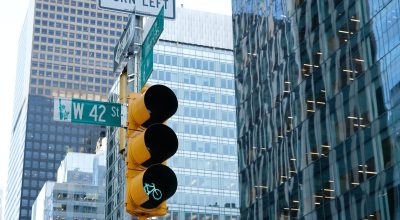
Reduced Carbon Footprint:
Transporting produce from rural areas to city markets incurs significant carbon emissions. Urban vertical farms cut down these transportation needs, ensuring residents get fresher produce with a lower environmental impact.
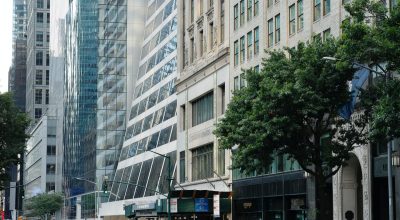
Climate Resilience:
Being housed indoors, these farms are shielded from unpredictable weather patterns and changing climate conditions, ensuring consistent yield and quality.
Energy Harvesting Pavements:
A step towards future cities where even footfalls can be a renewable energy source.
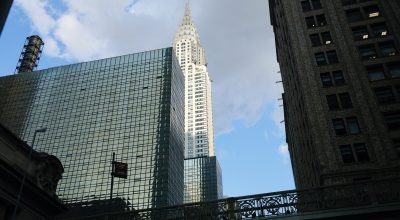
Scalability:
While the energy generated from a single footstep might be small, high footfall areas like subway stations or stadiums can produce a significant amount of energy collectively.
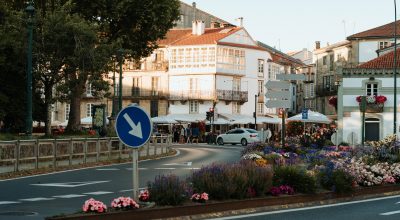
Integration with Smart Grids:
The energy harvested can be fed into smart grids, ensuring optimal distribution based on demand, and storing excess energy for later use.

Public Awareness:
Beyond their functional use, these pavements act as constant reminders to citizens about the potential of renewable energy and sustainability, fostering a more eco-conscious public.
Solar Benches:
Blending public convenience with sustainability, these benches represent the potential of integrating everyday amenities with green tech.
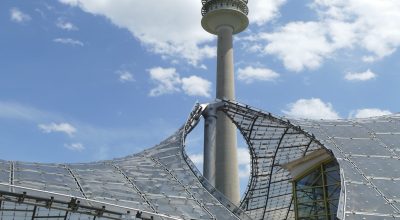
Sustainable Public Spaces:
Parks, boulevards, and public squares equipped with solar benches become symbols of a city’s commitment to sustainable development, offering residents the dual benefit of leisure and utility.
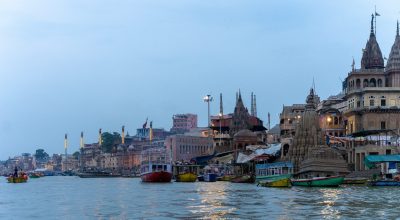
Smart Features:
Advanced solar benches are equipped with sensors that provide data on usage patterns, ambient weather conditions, and even air quality. This data can be vital for urban planners aiming to enhance public spaces.
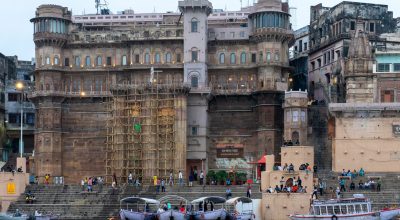
Community Engagement:
Often, these benches become community hubs where people gather, engage, and discuss. They're not just infrastructure; they're a statement of a city's forward-thinking ethos and a step towards inclusive urban development.
Connected Public Infrastructures
- Smart Street Lighting: Adaptive lighting systems that conserve energy by dimming when no pedestrians or vehicles are present and brightening up when needed.
- Digital Twins: Virtual replicas of physical city assets and systems. These digital models are used for simulations, predicting maintenance needs, and disaster response planning.
- Public Wi-Fi Hubs: Integrated with street furniture like lampposts and bus stops, offering residents and tourists free internet access and city services.

Waste Management and Sanitation
- Smart Waste Bins: Equipped with sensors, these bins alert sanitation crews when they’re nearing capacity, optimizing collection routes.
- Recycling Innovations: Advanced sorting machines, driven by AI and robotics, improve recycling rates by automating the segregation of recyclable materials.
- Water Management: Smart meters and sensors monitor water quality and usage, helping in leak detection and ensuring optimal distribution.
Safety and Security
- Predictive Policing: AI algorithms analyze data to predict potential crime hotspots, allowing for proactive measures.
- Facial Recognition Systems: Used at transport hubs and public events, these systems enhance security and, in some applications, provide tailored services to residents.
- Emergency Response Drones: Swiftly reaching locations during emergencies, drones can provide first-aid supplies or serve as aerial surveillance for responders.
Public Engagement and Governance
- E-Governance Platforms: Online portals where citizens can access public services, file complaints, and even participate in policy-making.
- Augmented Reality (AR) for Urban Planning: AR tools allow residents to visualize proposed infrastructure changes, giving feedback before final decisions are made.
- Citizen Reporting Apps: Empowering citizens to report local issues, from potholes to malfunctioning traffic lights, ensuring timely resolution.
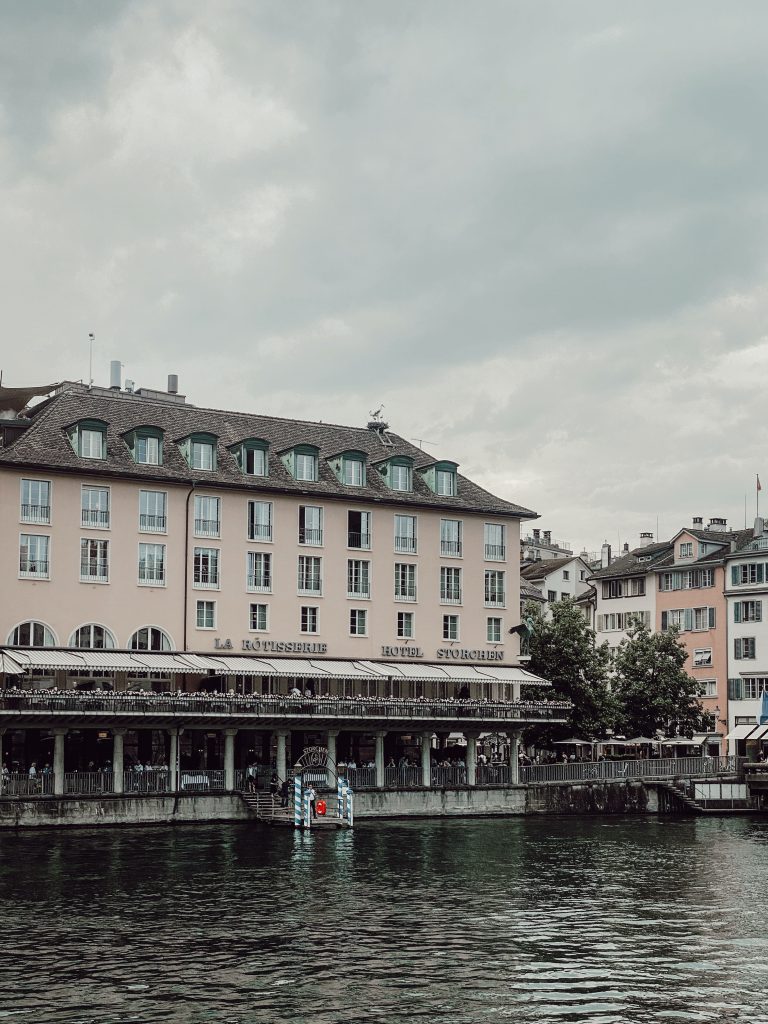
Conclusion:
The fusion of technology with urban environments is ushering in an era of cities that are more responsive, efficient, and inclusive. As technological innovations continue to evolve, they promise to address the pressing challenges of urbanization while enhancing the quality of life for city dwellers. The future of urban spaces, gleaming with technological marvels, beckons with promise and potential


